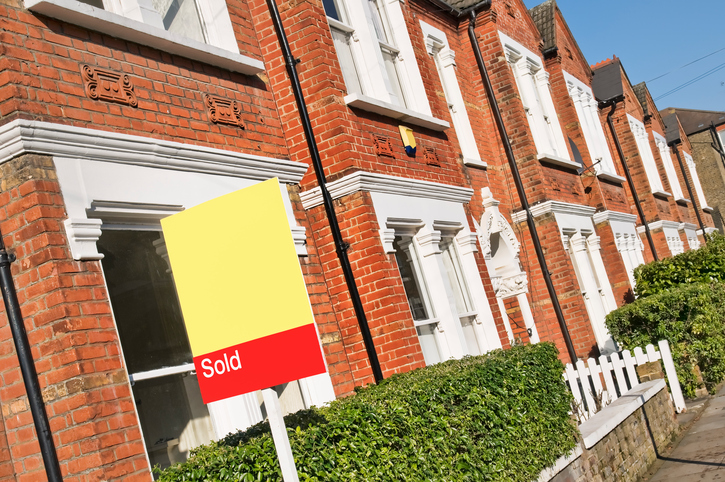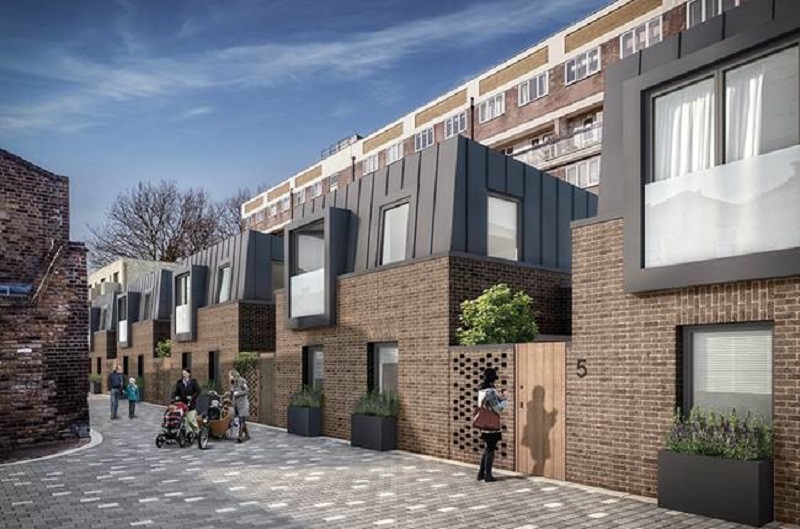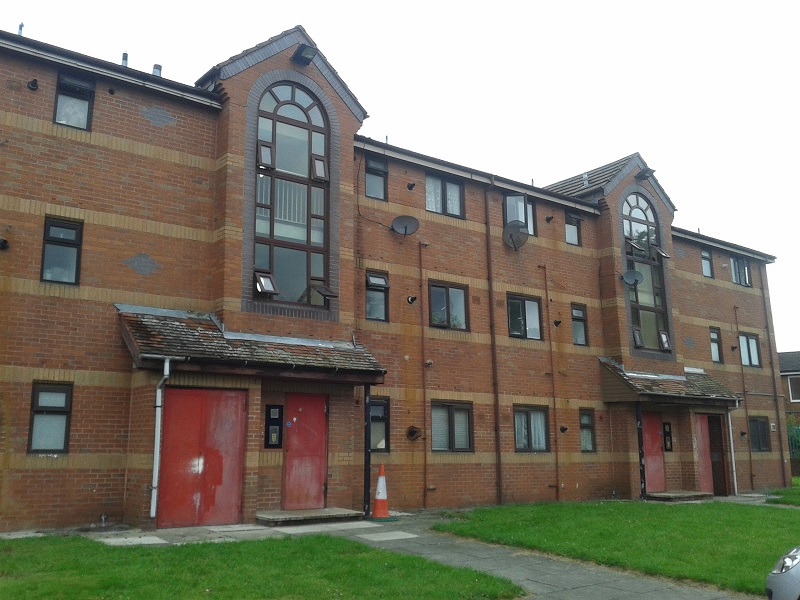Over the last 18 months or so, we’ve seen the Conservative government work closely with private sector firms to reduce the burden carried by first-time buyers in the UK.
This has resulted in a number of measures, even as house price growth began to decline during the second half of 2017. This was characterised by a contraction that is expected to continue throughout 2018, with the annual growth rate expected to fall from 5.1% to between 1.1% and 2.6% by the end of the year.
Stamp duty reform has been central to the government’s efforts, with some asking the government to do even more in a bid to empower first-time buyers. In this post, we’ll look at the changes made so far and ask what measures the government could take next.
Stamp Reform Duty – The Story so far
The most recent reform was triggered on the 22nd November last year, hot-on-the-heels of Chancellor Philip Hammond’s autumn budget. According to Strutt and Parker, the Stamp Duty Land Tax (SDLT) relief for First Time Buyers enabled individuals to purchase their first piece of real estate up to the value of £300,000 without being required to pay SDLT.
This legislation, which was rolled out throughout England, Wales and Northern Ireland, was designed to actively target first-time buyers while empowering them to take their first steps on the property ladder. Interestingly, the new scheme also made allowances for those who invest in higher value properties, with purchases of between £300,000 and £500,000 carrying a 5% SDLT levy.
Even purchases in excess of £500,000 will offer stamp duty relief for buyers, although in this instance they will be required to pay a basic, variable rate. More specifically, they’ll need to pay up an incremental rate based on the value of their home, with a purchase price of £750,000 translating into an effective SDLT levy of around 8%.
Purchase in excess of £1 million will incur a rate of around 10% and above, although it’s fair to surmise that not many first-time buyers will be able to afford such an investment.
Could Further Reforms be in Store for Stamp Duty in the UK?
In truth, stamp duty reform in the UK remains an evolutionary process that has changed considerably since April last year. There’s no suggestion that this process is likely to abate anytime soon, with some government ministers pleading for more radical changes in the month ahead.
Tory MP John Stevenson is leading this charge, with his idea being to transform stamp duty into a seller’s tax rather than charging it to buyers. The argument is that this would redress the imbalance in the UK market and potentially kick-start sales, with a Westminster Hall debate likely to force a response from the government.
This would be particularly beneficial to aspiring first-time buyers in the capital, where property prices remain disproportionately high to the rate of earnings. With vendors already able to charge a premium for properties in the capital, the transformation of stamp duty would create a far greater level of equilibrium while enabling a larger percentage of first-time buyers to enter the marketplace.
It has yet to be seen whether the government would back such a radical reform, but it certainly represents an excellent way of reviving a flagging market. For some, it may even represent the next logical step in the quest to reform stamp duty levies and ease the burden faced by buyers in the modern age.





